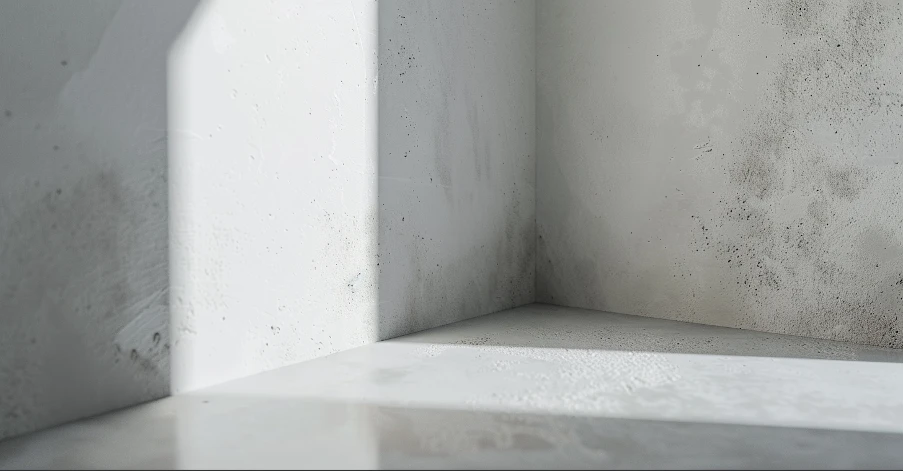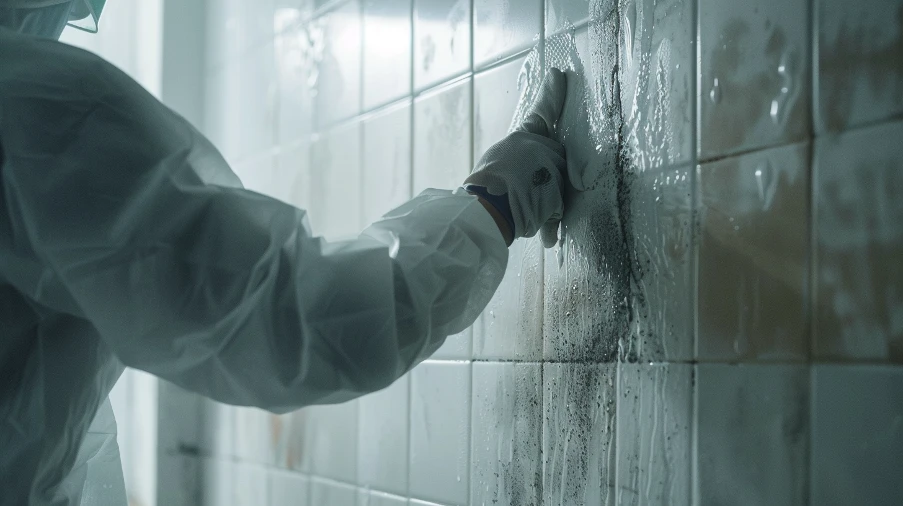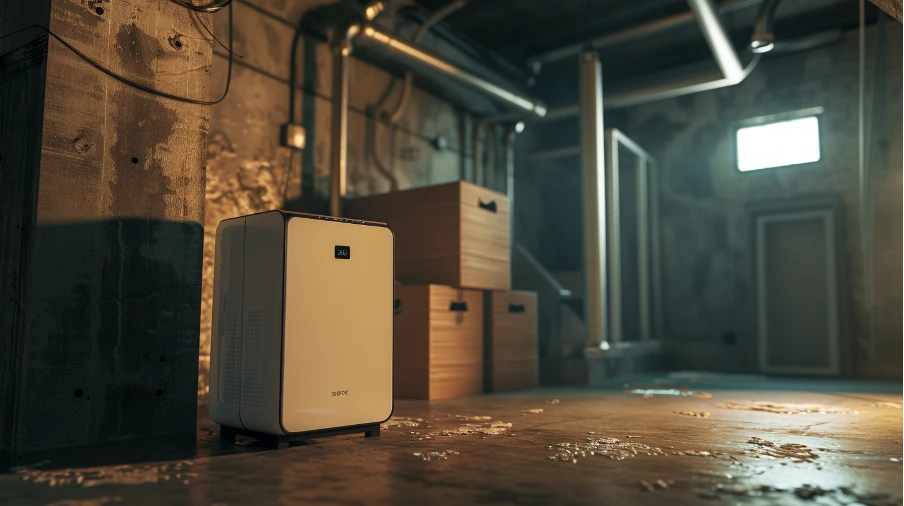How to Test for Mold in Your Home

Have you ever noticed a persistent musty smell in your home? That unpleasant odor could be a sign of a more serious issue affecting your indoor air quality.
Mold, often invisible to the naked eye, can hide in the most unexpected corners, impacting not only your comfort but also your health. It can even affect pets, who are sometimes more sensitive to airborne particles.
A mold test can help you confirm its presence and take appropriate action. Let’s take a look at how to detect and get rid of mold in your home.
Where is mold growth most likely to occur?
Before tackling the problem, it’s essential to identify the areas most at risk. That way, you can focus your efforts where they matter most.
Bathrooms and kitchens: moisture hotspots
Bathrooms and kitchens are especially vulnerable to mold due to constant exposure to humidity. Keep an eye on these common problem areas:
- Tile grout: easily traps moisture and mold.
- Shower curtains: often exposed to standing water, which encourages mold growth.
- Under the sink: usually damp and poorly ventilated, these spots need regular checks.
Basements and crawl spaces: often overlooked
These areas tend to be poorly ventilated and prone to water intrusion—perfect conditions for mold. A persistent earthy smell is often a red flag.
Closets and poorly ventilated corners: a hidden risk
Closets, especially those filled with cardboard boxes or clothing, can become breeding grounds for mold if air isn’t circulating properly. Watch for strange smells and dark stains on stored items.
Tools and techniques to identify mold
Start with a thorough visual inspection. Use a flashlight to check dark corners and surfaces where mold might be hiding. You can also tape clear plastic sheets to walls to spot excess moisture over time.
For deeper analysis, tools like HEPA filters can trap airborne mold spores. If you’re unsure, don’t hesitate to call in a mold specialist for a professional assessment.

When should you call a professional?
If you notice widespread mold growth, strong musty odors, or if someone in your household is experiencing unexplained respiratory issues or signs of an allergy, it’s time to call an expert. Professionals have specialized tools—like mold cultures—to accurately identify the types of mold present.
What to do when the presence of mold becomes a problem: Effective removal tips
Once you’ve pinpointed the affected areas, it’s important to use the right methods to get rid of it. Here are some proven strategies to help you clean your home safely and efficiently.
Cleaning moldy surfaces: which products to use
| Product | Use | Benefits |
|---|---|---|
| Bleach | Non-porous hard surfaces | Powerful disinfectant, highly effective |
| White vinegar & baking soda | Various surfaces | Natural solution, free of harsh chemicals |
| Concrobium Mold Control | Multi-surface | Prevents regrowth, chlorine-free |
Bleach: when and how to use it
Bleach works well on hard, non-porous surfaces, but it should be used with caution. Always dilute it and make sure the area is well ventilated to avoid exposure to mold particles and toxic fumes.
White vinegar and baking soda: a natural and effective solution
This natural combo is perfect for a healthy indoor environment. Mix them into a paste and apply it directly to the affected areas. Let it sit for a while before scrubbing with a clean cloth.
Specialty products like Concrobium Mold Control
These commercial products are designed to both eliminate mold and prevent it from coming back—without damaging surfaces. They’re especially useful in areas where a mold problem tends to return due to recurring moisture.

Preventing mold from coming back
Once the cleanup is done, it’s just as important to take steps to keep mold from returning. Here are some useful tips to help maintain a mold-free and healthy home.
-
Improve ventilation and use a dehumidifier
Good airflow is essential. Install exhaust fans in your bathroom and kitchen. A dehumidifier may be necessary in particularly damp areas like basements. -
Check for water leaks and seepage
Inspect pipes, roofing, and your home’s foundation regularly for leaks. Fix them promptly to prevent moisture buildup, which creates the perfect conditions for mold to grow. -
Use mold-resistant paint in humid areas
In moisture-prone spaces like bathrooms, consider using paint specially formulated to resist mold. These products contain agents that inhibit fungal growth.
By following these tips, you can significantly reduce mold exposure in your home and help prevent potential health effects—especially for vulnerable individuals like pregnant women or those with respiratory conditions.
Remember, a healthy home starts with regular checks and preventative habits. Start implementing these simple practices today for a safer, cleaner indoor space!